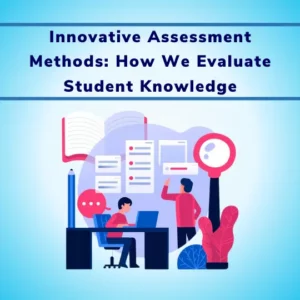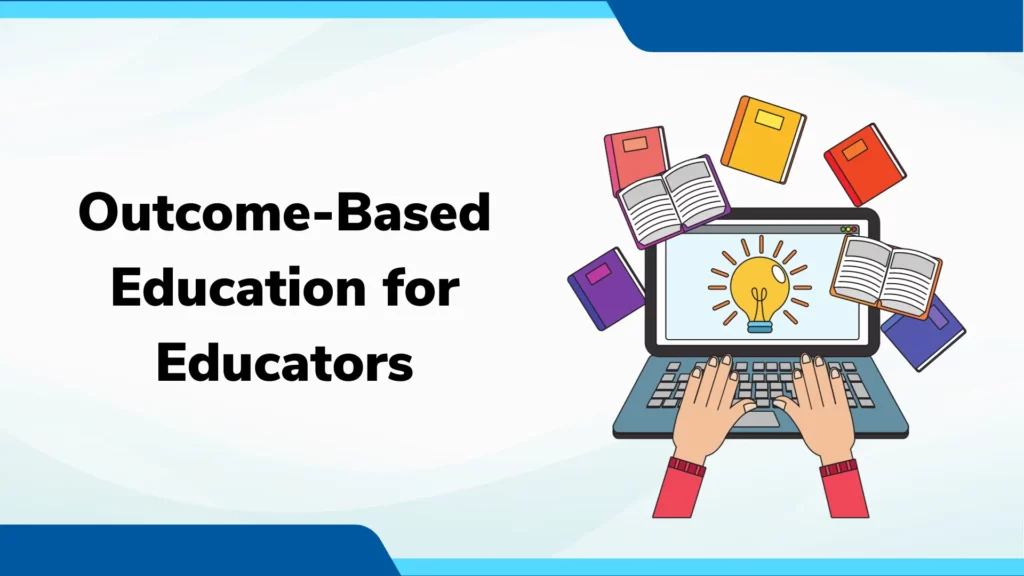
Article Contents
Introduction
Outcome-based education (OBE) is a teaching and learning approach that focuses on graduate attributes and result-oriented thinking instead of traditional input-based education.
In OBE, desired outcomes are determined so that the program curriculum and teaching-learning approach, along with the required facilities, can be designed in a top-down manner.
As OBE is adopted by the education system around the globe in the upcoming year, it is likely to become even more relevant for educators and policymakers to focus on a student-centric approach.
Based on a very simple and practical approach OBE is incorporated with the following points

Based on a very simple and practical approach OBE is incorporated with the following points-
1. Student learning & performance abilities
Outcome-based education (OBE) is an approach to measure the outcome of learners that focuses on identifying and measuring the knowledge, skills, and attitudes that students should acquire as a result of their education. In an OBE system, the emphasis is on student learning and the outcomes that students are expected to achieve, rather than on the more traditional focus on teaching and instructional methods.
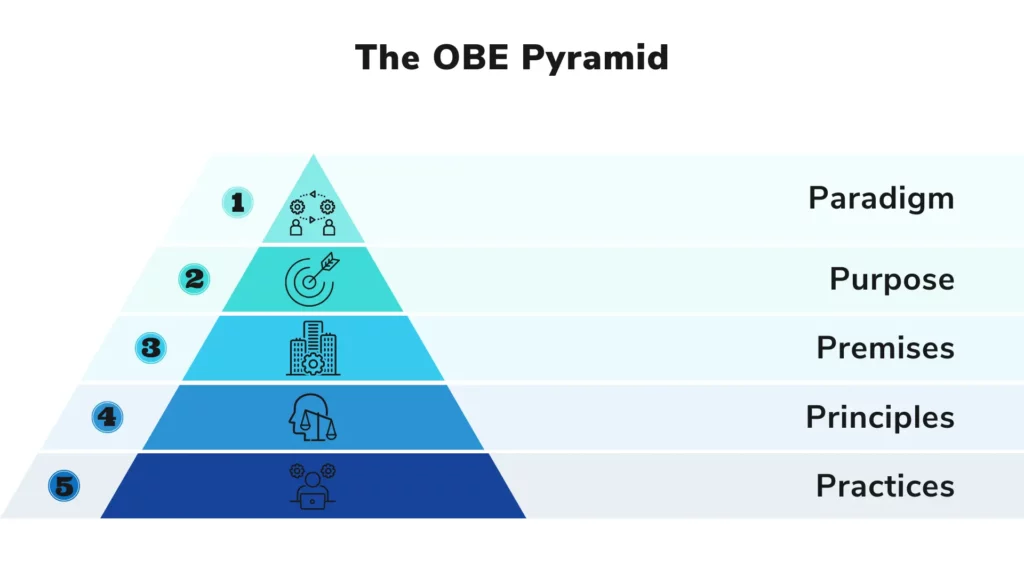
Through this pyramid, we can understand that student learning is important in terms of WHAT and WHETHER instead of WHEN and HOW they learn something.
In an OBE system, the learning goals and objectives are clearly defined and communicated to students, teachers, and parents. These goals and objectives are often referred to as “learning outcomes,” and they serve as the basis for planning, teaching, and assessing student learning.
By focusing on specific outcomes, teachers can better align their instruction with the goals of the curriculum, and students can understand what is expected of them and can work towards achieving those expectations.
One of the key benefits of an OBE approach is that it promotes student-centred learning. Rather than simply delivering information to students, teachers in an OBE system encourage students to take an active role in their learning.
Students are encouraged to ask questions, explore, and discover new things on their own, and teachers provide guidance and support as needed. This approach helps students to develop critical thinking skills, problem-solving skills, and the ability to learn independently, which are valuable in today’s world.
Another benefit of an OBE system is that it allows for more flexibility and adaptability in the classroom. Because the focus is on student learning rather than teaching methods, teachers can use a variety of instructional strategies and approaches to meet the needs of their students.
This can include traditional lecture-based instruction, hands-on activities, collaborative learning, and other methods. This flexibility allows teachers to tailor their instruction to the unique needs and abilities of their students, which can help to ensure that all students can learn and succeed.
Overall, the emphasis on student learning in outcome-based education is a positive development in the field of education. Student learning and achievements can be viewed at the macro level. This leads to the self-directed learning of students, as they know what they are trying to achieve, and more responsibility is owned by the students. Outcome-based education thus encourages a student-centred approach to learning and teaching.
2. Clear goals and standards
In an outcome-based education (OBE) system, clear goals and standards are essential for ensuring that students receive a high-quality education. These goals and standards provide a framework for planning, teaching, and assessing student learning, and they help to ensure that students are learning the knowledge, skills, and attitudes that are necessary for success in their future lives and careers.
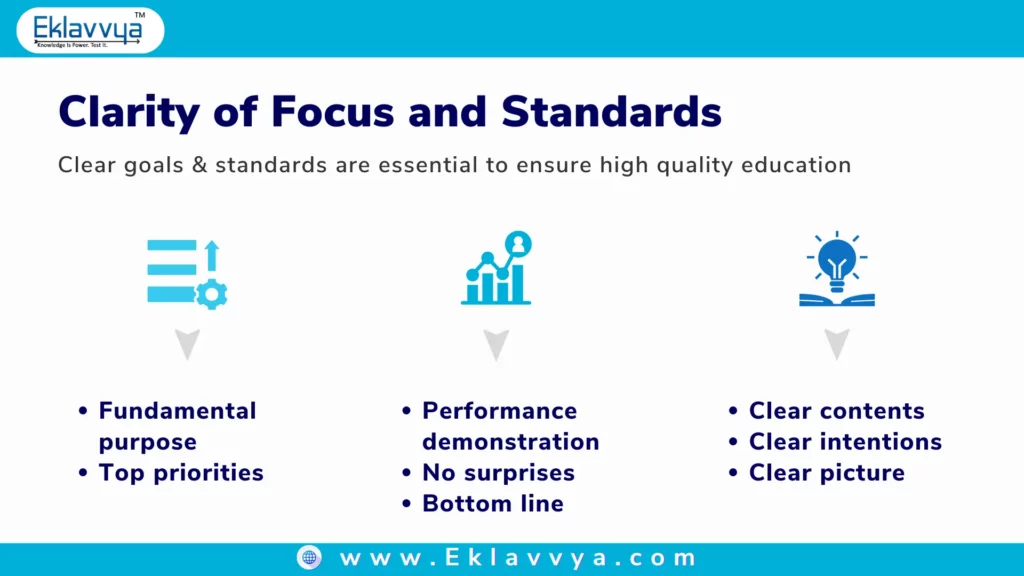
To show performance during the study, students get clarity of focus, which creates a clear picture of learning. This helps to prioritize planning and turn to achieving the desired outcome through curriculum, instructions, and assessments.
In an OBE system, the goals and standards are developed by educators and are based on the specific outcomes that students are expected to achieve as a result of their education. These outcomes may be defined in terms of specific knowledge, skills, or attitudes that students should acquire, and they may be organized into a hierarchy of levels, with more advanced outcomes building on the knowledge and skills that students have already acquired.
Once the goals and standards have been developed, they are communicated to teachers, students, and parents so that everyone is aware of what is expected from students and can work towards achieving those expectations.
Teachers use the goals and standards to plan their instruction and to create assessments that measure student learning. Students use the goals and standards to understand what is expected from them and to track their progress toward achieving those expectations.
Clear goals and standards will explicitly support achieving the educational aim for both educators and students and will focus on teaching and learning.
3. Data-Driven Decision Making
OBE’s four principles are based on decision-making and actions. The complete focus of the system is on purposes, learning, results, and accomplishments. Data-driven decision-making is consistent with these priorities. Traditional systems’ procedures, teachings, and curricula along with time are the supportive essentials.
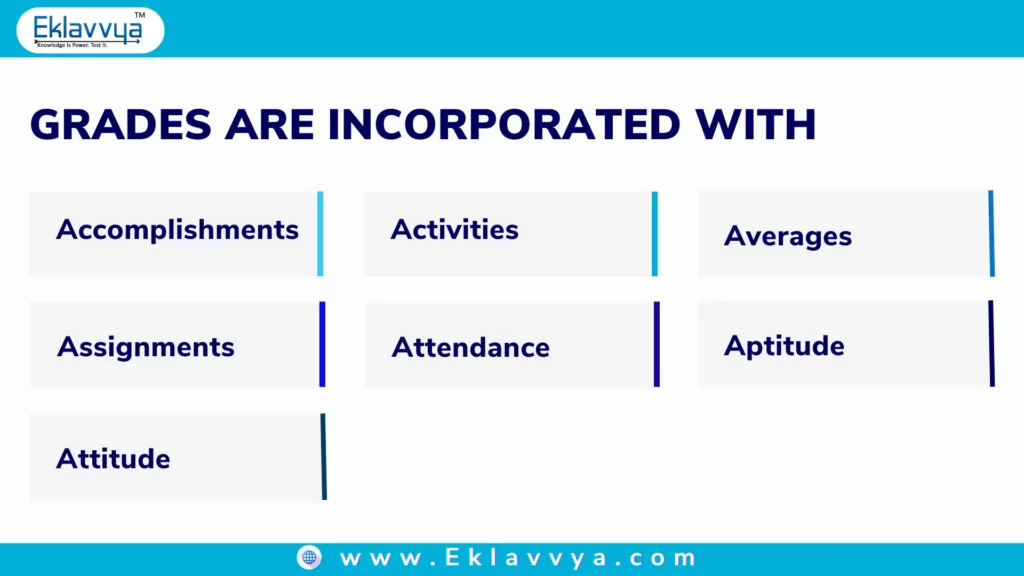
Data-driven decision-making is an important approach to improving student learning. This approach involves using data and evidence to improve educational decisions and to ensure that students are getting the best possible education.
Data is collected and analyzed regularly to assess student learning and to identify areas where improvement is needed. This data may include student test scores, grades, attendance rates, and other indicators of student performance. It may also include data on instructional practices, teacher effectiveness, and other factors which affect student learning.
The benefits of data-driven decision-making are as-
- Continual improvement.
- Industry ready.
- Gap identification in the teaching-learning process.
- Improving assessment planning & implementation.
Overall, data-driven decision-making ensures that students are receiving the best possible education and that they are making progress toward achieving their learning outcomes.

4. Reporting and Analytics
In traditional education calendar-based education is provided where students come to know about curriculum details in terms of learning opportunities such as how long, how often, and when they will learn. If a student fails to learn successfully with a schedule, then he is declared a poor learner. Here curriculum, attendance, learning opportunities, results, and assessment are directed in terms of time.
Through OBE student performance and comparative evaluation can be done for accurate tracking and ranking. The evaluation focuses on “greater than/less than”, “win/lose”, and “better than/worse than,” based on various factors among the students. Software Applications can provide the minute evaluation of the student with correct data provided by the educators.
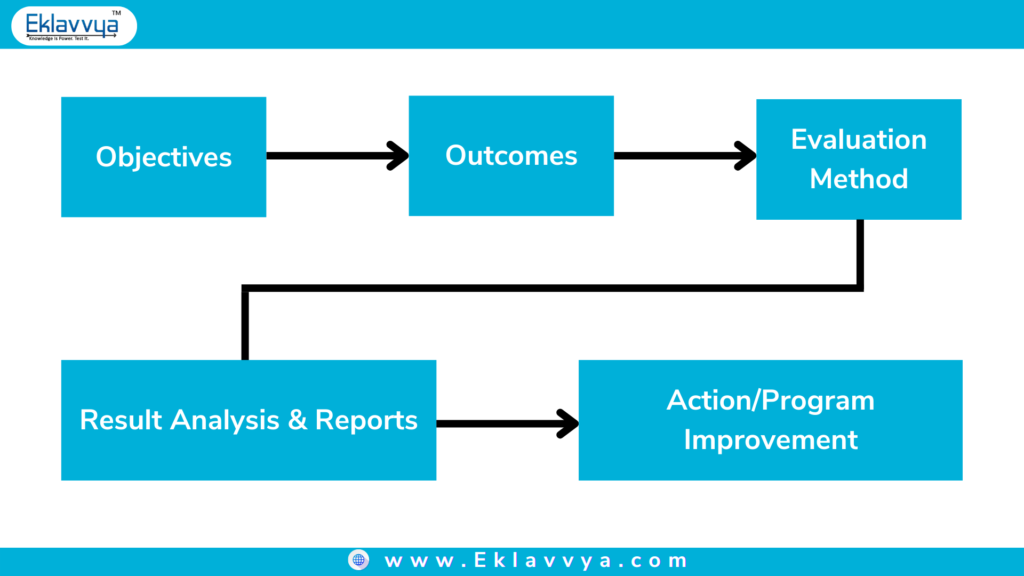
Software applications can generate more detailed and accurate reports than manual ones, as the system is going to analyze large amounts of data from multiple sources and identify trends and patterns that may not be observed manually.
Software applications can support the planning and execution of assessments, record keeping, report generation, and performance evaluation; therefore, to earn a performance credential, students must prove all of the criteria that are elaborated in the academic structure.
In addition, using a software application to automate the analysis of reports can help ensure the consistency and fairness of the data, as the analysis is performed using standardized algorithms and methods. This can help reduce the potential for bias or subjectivity in the reporting process and provide more reliable and trustworthy results.
Overall, the use of software applications to automate the generation and analysis of reports related to OBE can provide many benefits and advantages and can help ensure that educators and policymakers have the data and information they need to support student learning and achievement.
5. Assistance for Accreditation
Outcome-based education (OBE) starts with defining the outcomes that are required by various stakeholders. The local accreditation body, the National Board of Accreditation (NBA), National Assessment and Accreditation Council (NAAC) have adopted the OBE approach for Technical programs in the last few years.
In the accreditation process, institutes are typically assessed on various criteria, such as the quality of the teaching and learning, the effectiveness of the curriculum and learning materials, and the outcomes that students are achieving.
By choosing OBE as a framework for evaluation, accreditation bodies can ensure that the criteria are clear and consistent. It also validates that the data and evidence used to assess the institute are reliable and effective.
OBE can also help institutes prepare for the accreditation process, by providing a clear and structured approach to planning and assessment. By setting clear and measurable learning goals, it becomes easy to track the student’s progress. Institutes can ensure that they are meeting the accreditation criteria, and can identify areas for improvement in advance before applying for it.
Overall, OBE plays a vital role in the accreditation of institutes and supports ensuring that the accreditation process is fair, consistent, and transparent. Institutes can articulate better curricula and achieve a translucent student learning environment.

National Board of Accreditation (NBA) criteria for outcome-based education
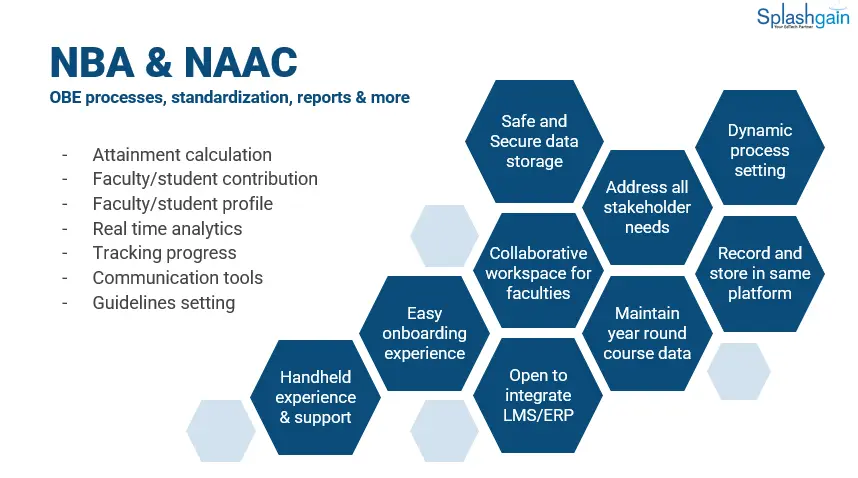
The National Board of Accreditation (NBA) is an autonomous body that accredits higher education institutions and programs in India. The NBA uses a framework of criteria to evaluate institutes and programs, including criteria related to outcome-based education (OBE).
The NBA’s criteria for OBE include the following:
- Institutions should have clear and measurable learning goals and objectives, which reflect the competencies and skills that students are expected to develop and demonstrate.
- Institutions should use data and assessment to track and evaluate student progress and provide regular feedback to students and educators.
- Institutions should provide appropriate support and resources to help students achieve their learning goals, including instructional materials, professional development for teachers, and other interventions and services.
- Institutions should engage students, parents, and other stakeholders in the education process, and involve them in discussions and decision-making about student learning.
- Institutions should monitor and evaluate the impact of OBE, and use the data and feedback to improve the approach and ensure its effectiveness.
Overall, the NBA’s criteria for OBE are designed to ensure that higher education institutions are providing high-quality education that is focused on student learning and achievement. By meeting these criteria, institutions can demonstrate their commitment to OBE and can be recognized for their excellence and effectiveness in education.
Major trends for educators and policymakers to improve outcome-based education:
1. Future-focused measurable outcomes: The learning goals should be specific, observable, and aligned with the curriculum and standards.
2. Curriculum Content and Articulation Structure: Educators must design curriculum, instruction, and assessment directly based on the outcome. This will encourage students to perform complex roles in all areas of learning.
3. Use data and assessment to track student progress: This can involve collecting and analyzing data from a variety of sources, such as exams, quizzes, assignments, and projects, to understand what students are learning and how they are performing.
4. Provide support and resources for students: It focuses on instructional materials, professional development for teachers, tutoring and mentoring programs, and other interventions and services to help students meet their learning goals.
5. Engage parents and guardians: Institutes should provide information and updates about the learning goals and student progress and involve parents and guardians in discussions and decision-making about student learning.
6. Monitor and evaluate the impact of outcome-based education: To ensure that outcome-based education is effective and successful, institutes need to monitor and evaluate its impact. This can involve collecting and analyzing data on student learning and achievement, as well as feedback from students, parents, teachers, and other stakeholders. This information can be used to identify areas for improvement and regulate the approach toward OBE.

Conclusion
For those who are enthusiastic about student betterment, Outcome-based education (OBE) is a significant approach to them as it focuses on clear and measurable learning goals. OBE ensures the quality of teaching and learning and it leads students to take their learning responsibility.
It facilitates the students to articulate the knowledge, skills, and experience acquired during their learning and completion of the program. Future-focused measurable outcomes provide support to students, educators, institutes, and stakeholders to work towards a common goal with quality. It helps students to improve and achieve their potential in all directions of learning.
Technology solutions can play a valuable role in supporting and enhancing outcome-based education (OBE). By providing tools and resources for data collection, analysis, and reporting, technology can help educators and policymakers track and evaluate student learning and achievement, and identify areas for improvement.
In addition, technology can provide opportunities for collaboration and communication and can help engage students, parents, and other stakeholders in the education process.
Introducing technology in the right direction will streamline the OBE process for educators and policymakers. It will support the institutes for continual improvement with high-quality education with effective time management.
Outcome-based education (OBE) is an approach to teaching and learning that focuses on identifying and measuring the knowledge, skills, and attitudes that students should acquire as a result of their education. In an OBE system, the emphasis is on student learning and the outcomes that students are expected to achieve, rather than traditional teaching.
In an OBE system, learning outcomes are knowledge, understanding, application, analysis, evaluation, and synthesis. These outcomes are often designed into a hierarchy of levels. Learning outcomes serve as the basis for planning, teaching, and assessing student learning in an OBE system.
Some of the benefits of an OBE approach include:
–Student-centered learning: OBE promotes student-centered learning, where students are encouraged to take an active role in their own learning and to develop critical thinking, problem-solving, and independent learning skills.
-Flexibility and adaptability: OBE allows for more flexibility and adaptability in the classroom, as teachers can use a variety of instructional strategies and approaches to meet the unique needs and abilities of their students.
-Clarity and transparency: OBE provides clear and transparent learning goals and standards, which helps to ensure that everyone is working towards the same goals and that student progress can be accurately measured and reported.
In an OBE system, student learning is typically assessed through a combination of formative and summative assessments. Formative assessments, such as quizzes, tests, and other evaluations, are used to measure student learning on an ongoing basis and to provide feedback to students and teachers about areas where improvement is needed. Summative assessments, such as final exams or portfolios, are used to evaluate student learning at the end of a course or program and to determine whether students have achieved the desired learning outcomes.
In an OBE system, data is collected and analyzed on a regular basis to assess student learning and to identify areas where improvement is needed. This data may include student test scores, grades, attendance rates, and other indicators of student performance. It may also include data on instructional practices, teacher effectiveness, and other factors that can impact student learning. Data is used to inform educational decisions and to ensure that students are receiving the best possible education.
There are typically four stages of outcome-based education (OBE):
-Identifying learning outcomes: In the first stage of OBE, educators identify the specific knowledge, skills, and attitudes that students should acquire as a result of their education.
-Planning instruction: In the second stage of OBE, teachers use the learning outcomes to plan their instruction and to create assessments that measure student learning. This may involve selecting or developing instructional materials, designing activities and assessments, and deciding on instructional strategies and approaches.
-Teaching and learning: In the third stage of OBE, teachers use the planned instruction to engage students in learning activities and to provide support and guidance as needed. Students are encouraged to take an active role in their own learning, and teachers may use a variety of instructional strategies and approaches to meet the needs of their students.
-Assessing and evaluating student learning: In the fourth stage of OBE, teachers use the assessments that were developed in the second stage to evaluate student learning and to provide feedback to students and parents. This may involve grading assignments, administering tests, and providing feedback to students on their progress toward achieving the desired learning outcomes.
Overall, the four stages of OBE are designed to ensure that students receive a high-quality education that prepares them for success in the future.



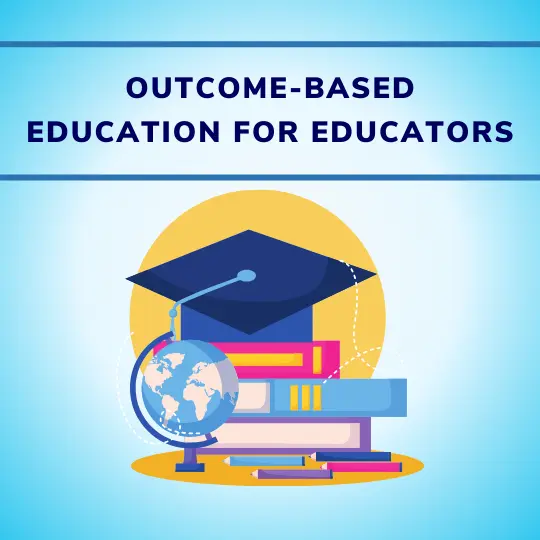

![How Government-Led Exams at 250+ Locations Are Setting New Standards of Integrity [Case Study]](https://www.eklavvya.com/blog/wp-content/uploads/2024/04/Enhancing-Exam-Integrity-Government-Certification-in-250-Locations-150x150.webp)
![Transforming Central Govt. Exams Evaluation: How Onscreen Marking is Leading the Charge [Case Study]](https://www.eklavvya.com/blog/wp-content/uploads/2024/04/How-Onscreen-Marking-Revolutionized-Central-Govt-Exams-Case-Study-1-150x150.webp)
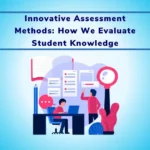

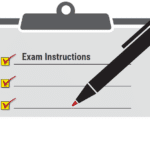
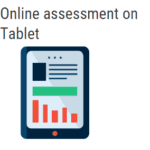









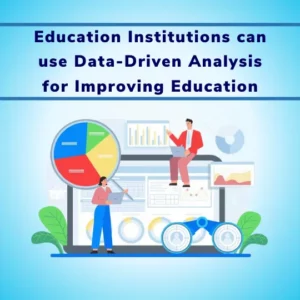

![How Onscreen Marking Revolutionized Central Govt Exams [Case Study]](https://www.eklavvya.com/blog/wp-content/uploads/2024/04/How-Onscreen-Marking-Revolutionized-Central-Govt-Exams-Case-Study-1-300x300.webp)
